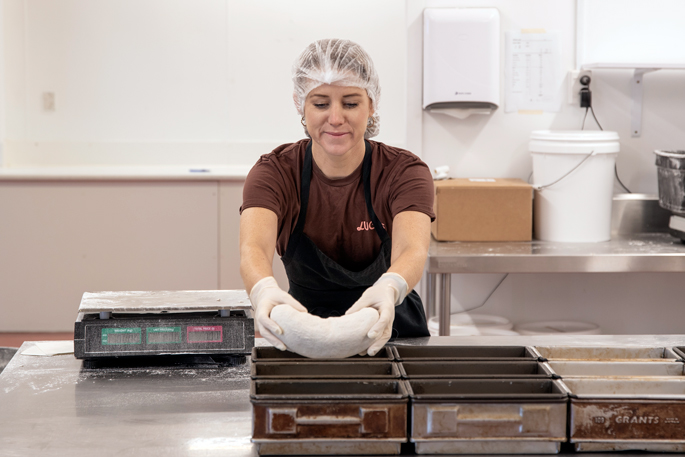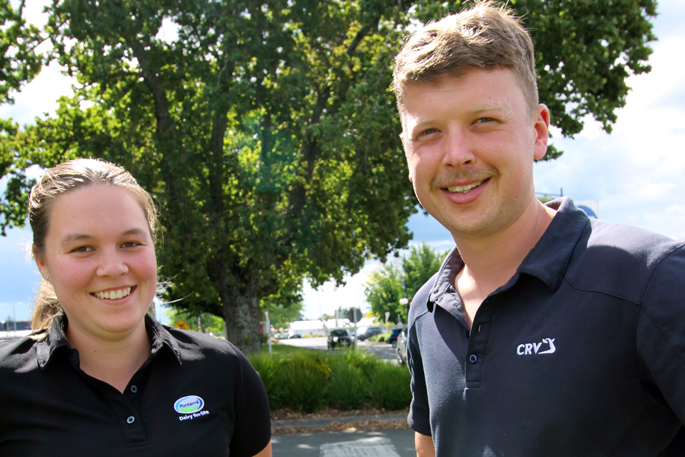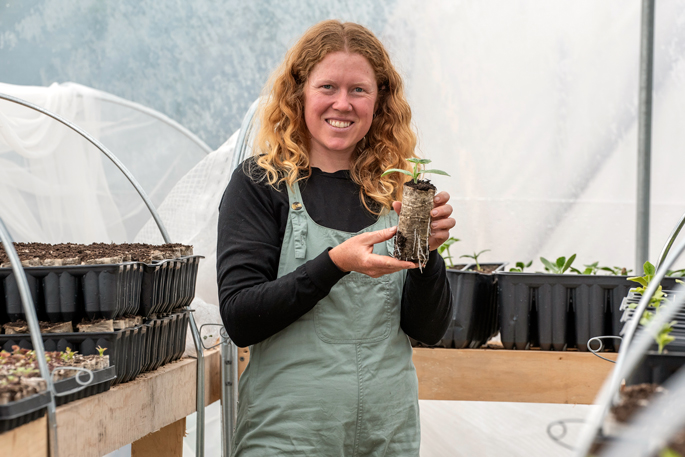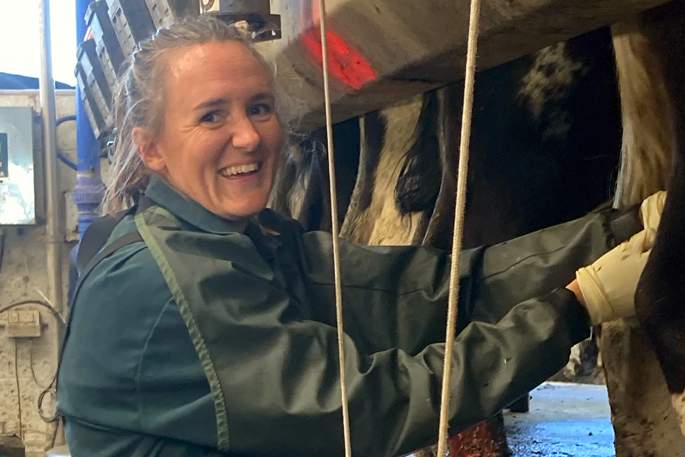As some pastures are nearing their end of lifespan, it’s time for dryland farmers to start auctioning their summer cropping plan. Summer can be hard on your soil and pastures so the more lead in time farmers give themselves, the better.
There are forage options with tried and true technics to help you maximise your dryland cropping production.
Lucerne’s high performance
Lucerne is a high performing legume plant, due to its ability to utilise moisture better than other forage crop options. It can produce 12-20 tonnes of dry matter per hectare a year, dependent on soil conditions and management.
To maximise establishment, soil testing should have occurred in the autumn to allow time for any soil nutrients correction to be made. If not the paddock options may be limited depending on soil nutrient and, or, physical characteristics. A free draining paddock – with no risk of water logging – with a pH above 6.1 is a must, with enough area for rotational grazing.
Make sure you have good control of weeds prior to sowing, nutrient levels are at the optimum and take some plant tissue tests once the crop has established to ensure the nutrient levels in the plant are also correct. Break crops are highly advised for both weed control and nutrient corrections.
Whether direct drilling or cultivating, sow the seed no deeper than 25mm in light/sandy soils, and no deeper than 12mm in heavy soil types.
Rape – a good option
Rape is a good brassica option for farmers who require a multi-graze option with limited summer moisture. Maturity of different rapes varies between 70-110 days, with there being giant and intermediate type rapes.
In good fertility soils, rape can produce eight tonnes or more of dry matter per hectare, and is generally sown at 3-4kg/ha. Insects are something to be aware of. Applications of insecticides are generally advised from initial spray-out of the paddock and the early growing stages of the crop. Insecticides can be incorporated with herbicides if there are post emergence of weeds.
An application of nitrogen is generally applied post emerge at 100kg/ha, but in some cases an application of DAP can be very beneficial also, if your phosphorus levels are below optimum.
Clovers – high feed quality
Clovers, legumes, are key drivers to animal performance because of the high feed quality. There are many different types of clovers – white, red, sub, annual, strawberry – to suite a range of different soil and management types.
Sowing rates differ between varieties due to size of the seed. For example, red clover is twice the size of white clover seed so needs a higher sowing rate to get the same plant numbers. When sowing clovers into a pasture mix, be mindful clovers take longer to emerge and mature.
Higher sowing rates of clovers give you better production results. Clovers are also highly variable in yield and can be either used as a stand-alone crop or in a forage mix for a higher performing crop.
Aerial application of clovers with fertiliser is a very good option for increasing hill country production. The local environment will determine the species of clover. For example, if your summer rainfall is less than 700ml then sub clover is advised. If rainfall is more than 700ml white or red clover is recommended. The added bonus is the improvement in the soil nutrients, because clovers are nitrogen fixators.
Due to the variability of New Zealand’s climate there’s no one size of shoe that fits all, so contact your local agronomist to tailor a plan that is right for your farm.







0 Comments
Leave a Comment